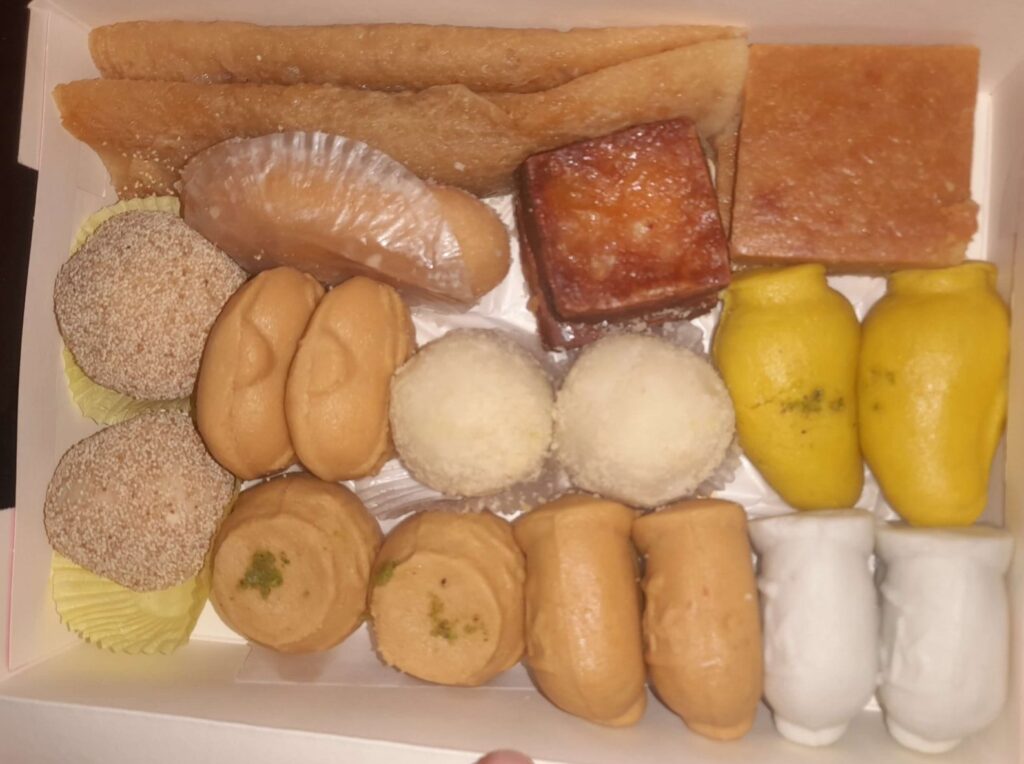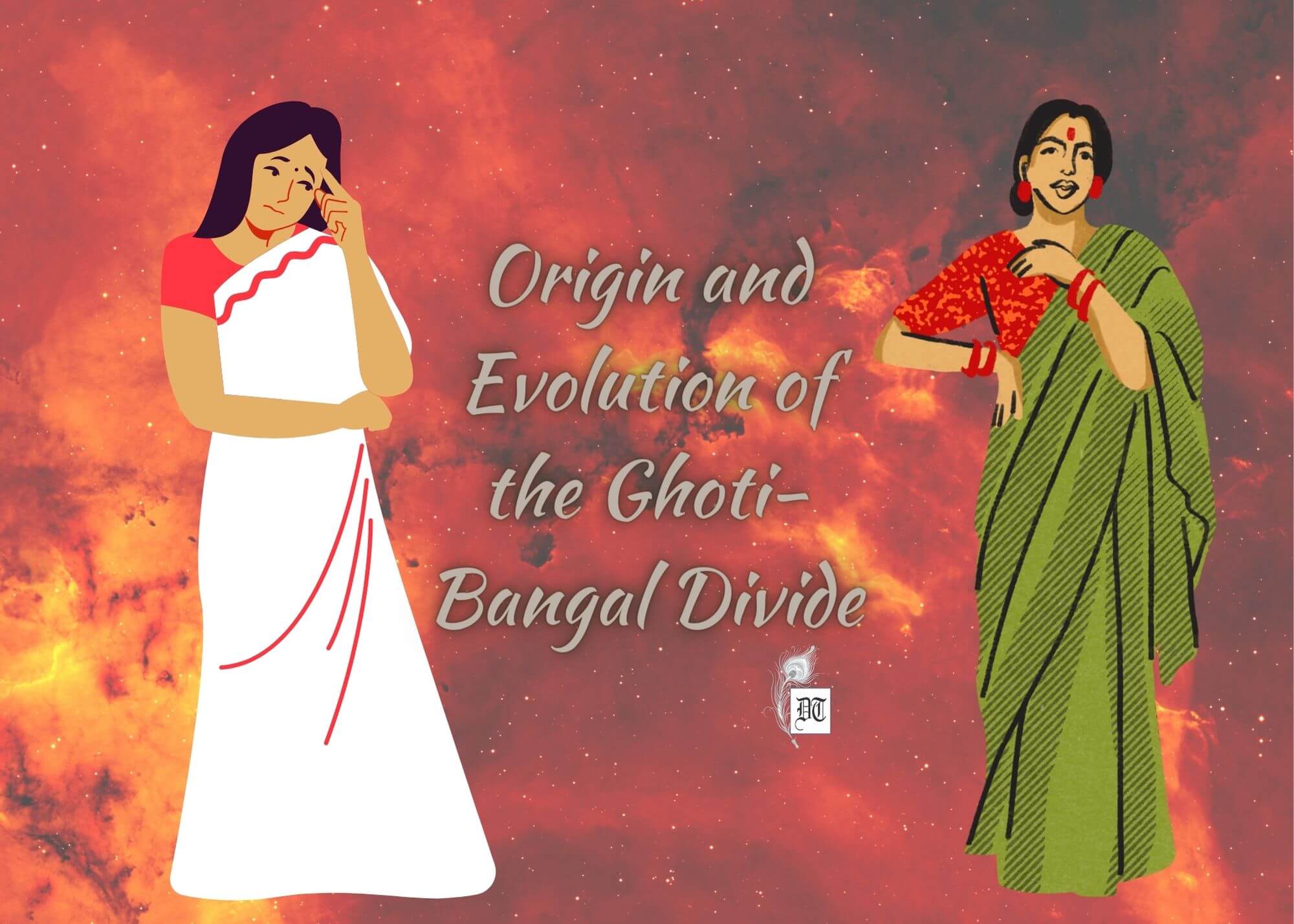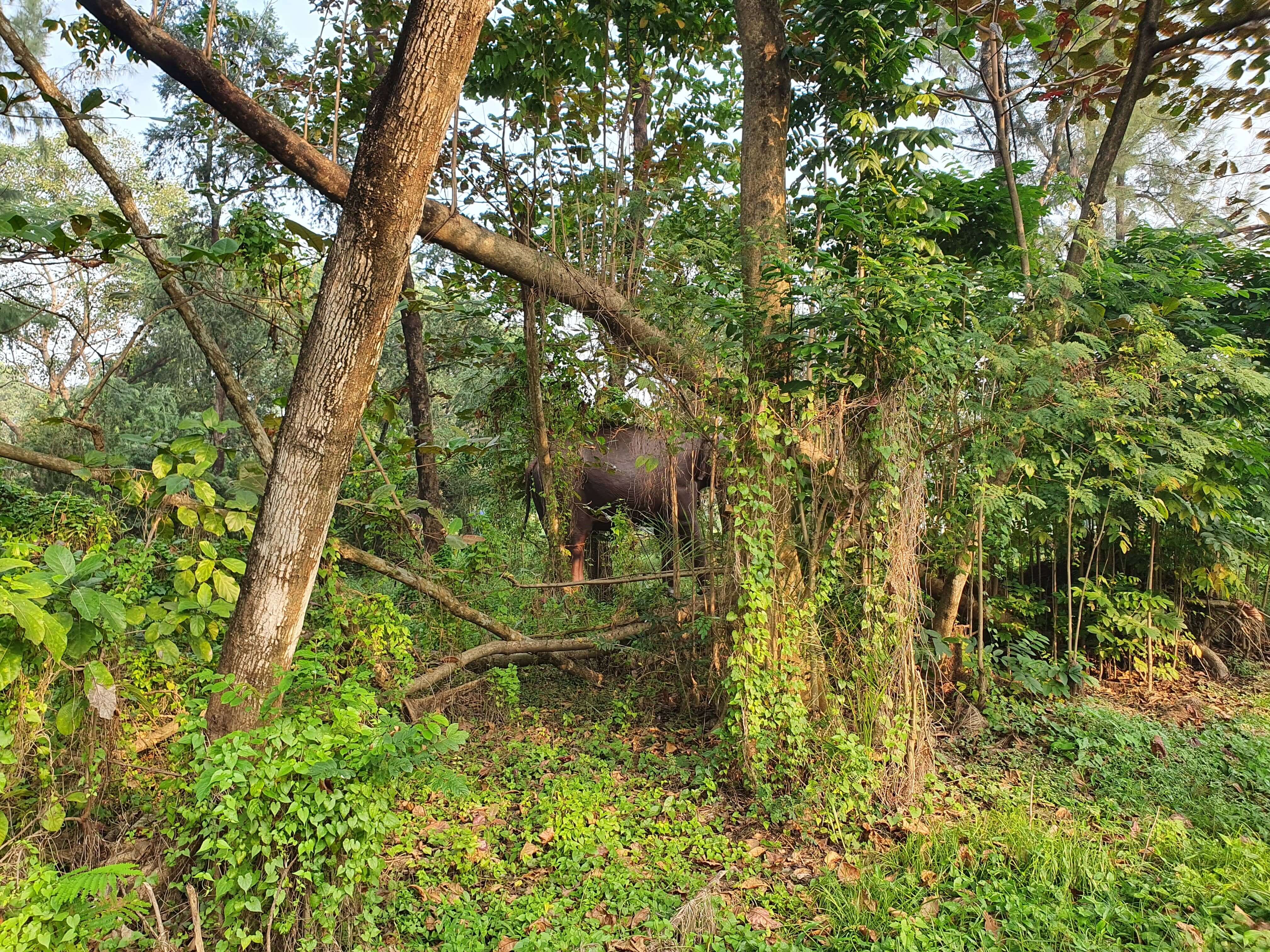Reading Time: 5 minutes
Bengali intra-community distinctions between Ghotis and Bangals in Calcutta have become complex over nine decades but have softened with societal changes and harmonious coexistence, opines Madhuri, exclusively for Different Truths.
Nearly nine decades after Hindu Bengali intra-community distinctions, exemplified by the intense layered rivalry between Ghotis and Bangals – burst on Calcutta, the opening lines of Rudyard Kipling’s celebrated ballad “Oh, East is East and West is West, and never the twain shall meet” is perhaps no longer helpful in describing what was once perceived to be the great divide, mirroring, to some extent, the partition schism.
While the origin of the expressions, Ghoti and Bangal, are “lost in the mists of obscurity”, the bitter-sweet rivalry between the two communities, which began some 20 years before the second, violent partition of Bengal, found its full play in post-1947 Calcutta on the Maidan greens, in Bengalis’ kitchens, the Writers’ Building, in matrimonial adverts, in sundry cultural minutiae, on trams and buses and the streets of teeming millions. The antagonism mounted with each wave of impoverished East Bengali migrants to Calcutta in the 1960s and finally in the biggest surge of humanity to West Bengal following the 1971 Bangladesh liberation war.
The Ghoti-Bangal divide, in the Bengali psyche, is unique in that it was a social expression of the perceived cultural superiority…
The Ghoti-Bangal divide, in the Bengali psyche, is unique in that it was a social expression of the perceived cultural superiority – or inferiority – of one group over another and vice versa. All this was in the backdrop of the traumatic experience of the partition, which, admittedly, cast its shadow over the way the wretched Bangal refugees were perceived by the settled Ghotis.
A ghoti is a small pitcher, just like a lota, approximating the base of a trophy that the Calcutta football team Mohun Bagan lost, but stole from the East Bengal team tent after a match. A Bangal, on the other hand, is a linguistic categorisation for men and women who originated in Purba Banga or East Bengal and were seen to be loud, coarse, and often lacking in culture or fine tastes.
The bitter-sweet rivalry between the two communities began some 20 years before the second, violent Partition of Bengal. The Ghoti would look down upon the Bangal, snigger at his crude manners, make blunt remarks about the rural yokel’s harsh and unrefined dialect and dismiss him as a good-for-nothing country bumpkin no better than a peasant. The Bangal, on his part, would characterise the Ghoti as effete, risk-averse, lazy, miserly, full of vanity, mean, petty and avaricious among other things.
This mutual construction of community and boundary distinguished the socio-cultural practices, real or imagined…
This mutual construction of community and boundary distinguished the socio-cultural practices, real or imagined, between the migrant refugees and the indigenous population of post-partition Calcutta. The interaction between the two groups would not be without friction and often bordered on hostility but would never burst into open violence. In contrast to the Ghotis’ traditional support to the Congress, the refugee Bangals – the udbastu (uprooted) – embraced the Left, signifying a political cleavage that would take years before the East Bengali Hindus’ allegiance for the Marxists would shift decisively for Mamata Banerjee, by all accounts a Ghoti.
By the 1990s, however, the tug of ‘phoney war’ over perceived superiority had begun to ease as one generation of Ghotis and Bangals.
Curiously, however, the Ghoti-Bangal identity construction, with the peculiar idiosyncratic manifestations, did not take roots in post-partition East Bengal/Pakistan where the migrant Muslims from West Bengal seamlessly assimilated with their dominant coreligionists, who of course spoke Bangal. A different communal dynamic, one based on antagonistic religious beliefs and pursuits, would subsequently develop between the crushing dominance of the Muslims and the “lamb-like” Hindu minority.
Initially, the Ghoti-Bangal antagonism centred around the two communities’ support for Mohun Bagan and East Bengal – two of Calcutta’s most celebrated football teams. While the two teams fought it out on the football pitches, a different battle would ensue between the male fans on the sprawling Maidan. They would jeer and hurl insults and slurs at each other in support and undying adoration for their respective teams.
Initially, the Ghoti-Bangal antagonism centred around the two communities’ support for Mohun Bagan and East Bengal…
Initially, the Ghoti-Bangal antagonism centred around the two communities’ support for Mohun Bagan and East Bengal – two of Calcutta’s most celebrated football teams. This “cleavage, at once charming and acrimonious, comic and offensive, virtuous and insolent and unapologetically racist”, is best captured in the 1976 movie, Mohunbaganer Meye, a rib-tickling romantic comedy that portrayed the travails of a young man and his beau caught in the Ghoti-Bangal fault lines of their respective family members. For both Bangals and Ghotis, the symbolic community formation “clarified” their respective cultural homogeneity within their milieus – for a time.
As the East Bengalis settled down in parts of South Calcutta, their bitter-sweet relationship with the Ghotis soon entered the kitchen, signifying in large part a contest between the culinary delicacies of the two sides. The Bangals mocked the generous helping of sugar that the Ghoti womenfolk would add to their culinary delights. The Ghotis would scoff at the Bangals for the revolting smell of shutki (sun-dried fish) and ridicule the extra dash of ground red chilli in kasha mangsho.
It was only a matter of time before the epic rivalry would manifest in the Ghotis’ and Bangals’ cultural artefacts. It was only a matter of time before the epic rivalry would manifest in the Ghotis’ and Bangals’ cultural artefacts – if the Ghoti blew the conch on auspicious occasions, the Bangal ululated. The Bangals had only scorn for the Ghotis’ nasal intonation while speaking Bengali; the Ghotis were contemptuous of the Bangals’ gruff delivery.
By the 1990s, however, the tug of ‘phoney war’ over perceived superiority had begun to ease as one generation of Ghotis and Bangals, tired of the prolonged low-intensity clash and the inevitable socialisation, were not left with the stomach to pass on the competition to the next. At the same time, the exigencies of the social situation demanded more and more inter-community marriages which certainly took the sting out of the mutual hostility. The Bangal–Ghoti marital union has given birth to the Bati.
Over time, the southern Calcutta migrant colonies of Jadavpur, Baghajatin and Ganguly Bagan, which had turned dilapidated and unfit for human habitation, soon fell prey to land sharks and the real estate boom that changed the landscape of the city and its suburbs, turning refugee colonies into homogenous residential locales and sprawling malls.
Members of both communities have migrated out of the state in search of better employment opportunities.
Today, as West Bengal’s economy slows downward, the pinch is being felt equally by both Bangals and Ghotis. Members of both communities have migrated out of the state in search of better employment opportunities. In a December 2016 article, Dutta-Ray evoked hopes of a “fundamental cultural and emotional harmony that unite Bangal and Ghoti in a single Bengali identity”. Kipling would agree: “But there is neither East nor West, Border, nor Breed, nor Birth/When two strong men stand face to face, tho’ they come from the ends of the earth.”

Photo caption: Bengali sweets unify the Ghoti-Bangal divide.
Feature picture design Anumita Roy, and photo by the author.


















Well written article. Yes, when young I did hear of this tug of war in my family and came to know about the Ghoti-Bati divide. One of my aunts (mamima) belonged to East Bengal for she was called a bati. I congratulate you for this because many donot know of this cultural divide.